Proxima b: 6 Strange Facts About a Potentially Earth-Like Exoplanet
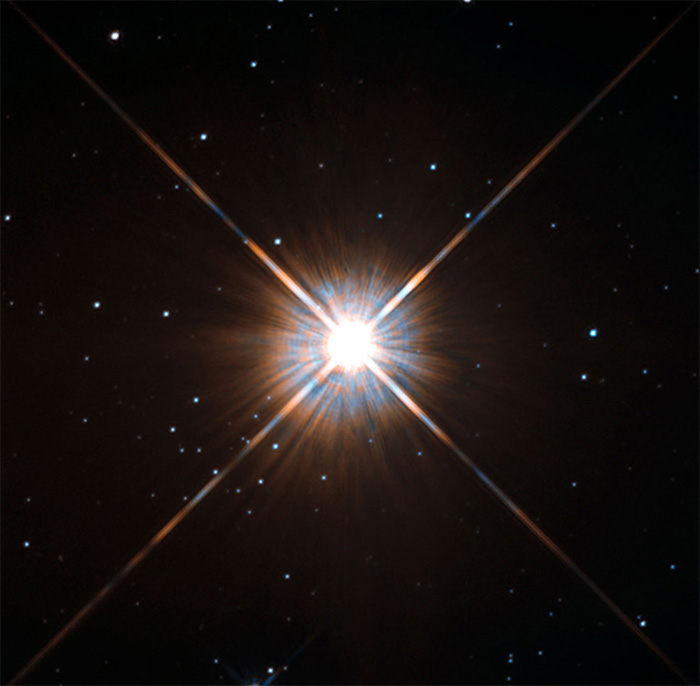
Meet Proxima Centauri b

Astronomers have discovered an alien planet orbiting Proxima Centauri, the closest neighboring star to the sun. The planet, named Proxima b, is just slightly larger than Earth. It orbits in the star's habitable zone, which means that liquid water could exist there — and possibly even life. Despite its Earth-like features, Proxima b is still a bizarre, alien world. Read on to learn more strange facts about this newfound alien planet.[Read our full story here: Found! Potentially Earth-Like Planet at Proxima Centauri Is Closest Ever]
Strange Star System … or Not?
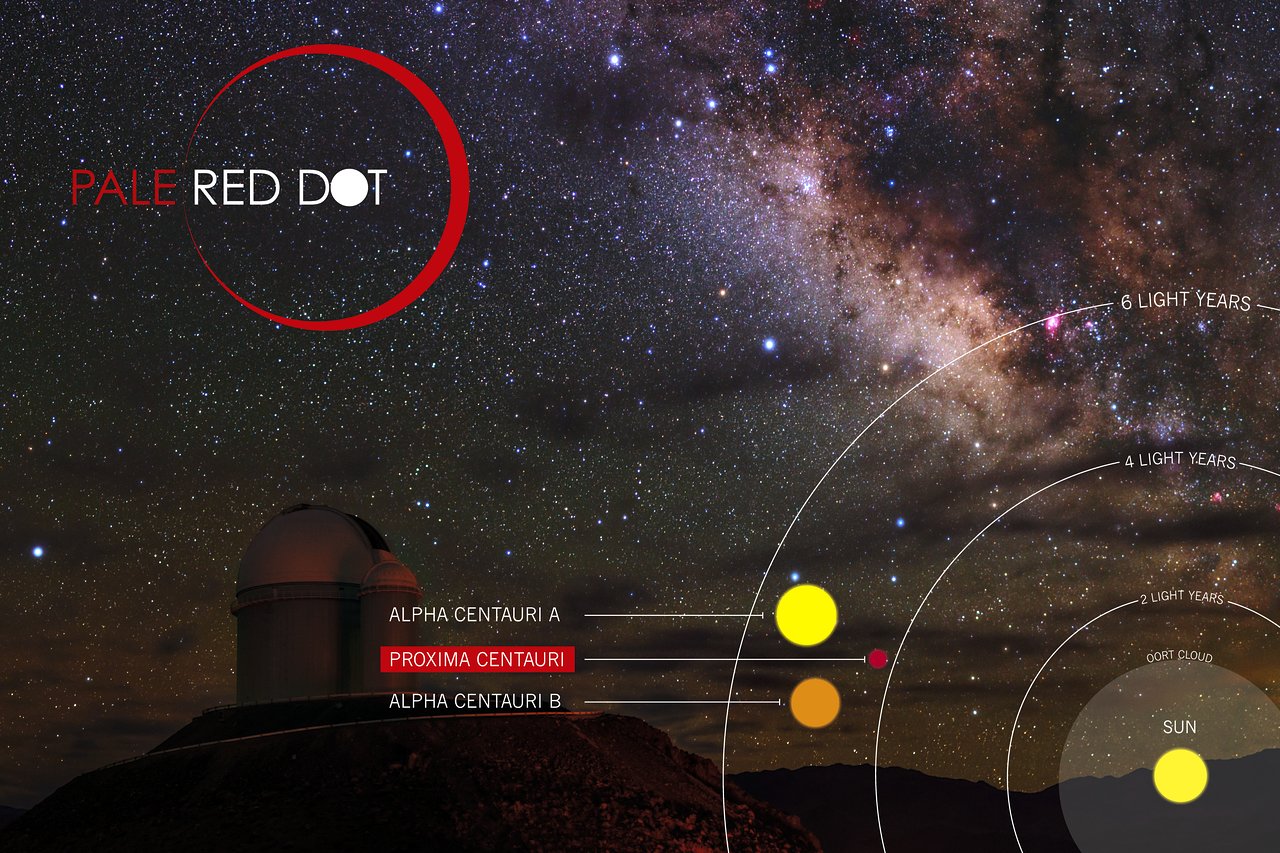
Proxima b's parent star, Proxima Centauri, is part of an odd stellar trio that astronomers still don't quite understand. The other two stars are binary, meaning that they orbit a common center of gravity. Together they're called Alpha Centauri. Astronomers aren't really sure whether Proxima Centauri is gravitationally bound to the other pair in some type of orbit, or if it's just passing by. If it is bound, it would take 500,000 years to revolve around Alpha Centauri. If not, it will take millions of years to leave the area. [Infographic: The Nearest Stars to Earth]
Close, But Barely Visible
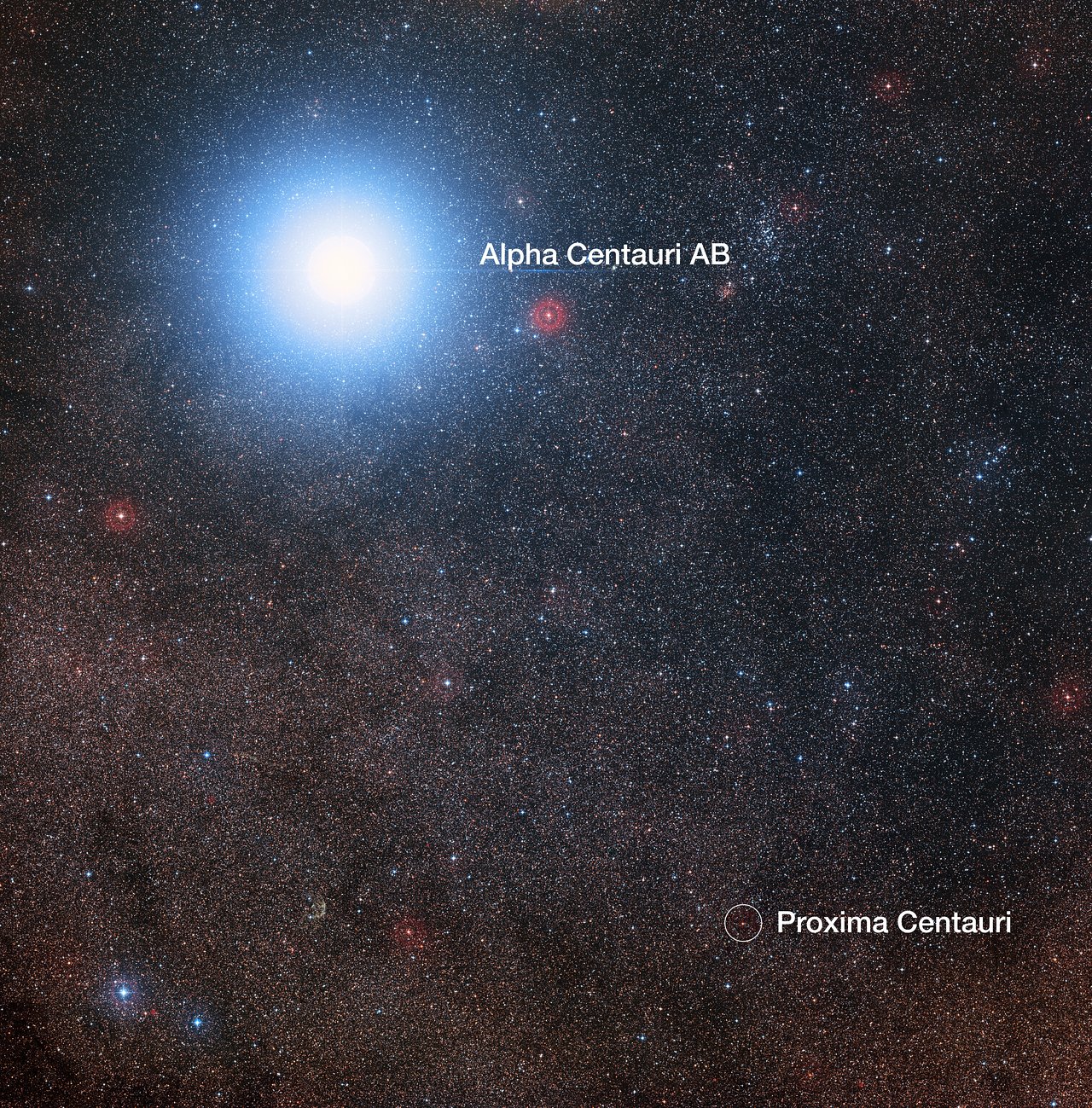
Alpha Centauri is easily visible to observers without a telescope; the binary stars combine to make the third-brightest star in the sky. Although Proxima is slightly closer to Earth than its binary companions — 4.22 light-years away as opposed to Alpha Centauri's 4.37 light-years — it's also much smaller and dimmer than the other two stars. That's because Proxima is a red dwarf. Proxima Centauri is too faint to see with the unaided eye. [Alpha Centauri Stars & Planet Explained]
All About Perspective
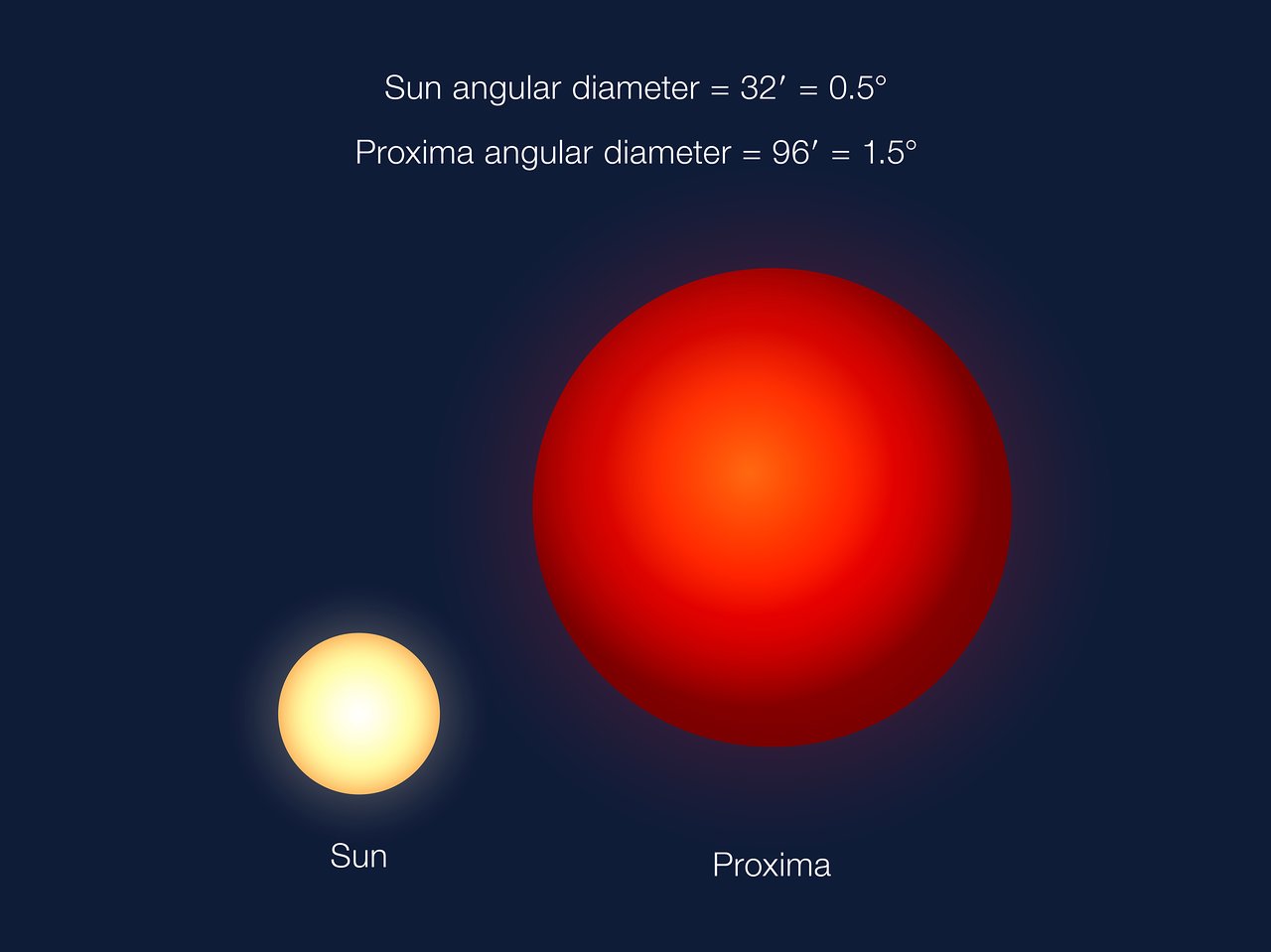
Proxima Centauri is a tiny star, just over one-tenth the size of the sun. But for someone looking up to the sky from Proxima b, the red dwarf would look about three times larger than the sun would look to someone on Earth. That's because Proxima b's orbit is really, really small. The planet orbits its parent star at a distance of 4.6 million miles (7.5 million kilometers) — only 5 percent of the distance between Earth and the sun (which is 93 million miles, or about 150 million km). And while our sun is a bright, massive star in Proxima b's sky, people on Earth need special equipment to be able to see Proxima Centauri.
In the (Tiny) Habitable Zone

Proxima b exists right in the middle of the star's habitable zone, where liquid water can theoretically exist on the planet. Compared to our sun, Proxima Centauri's habitable zone is extremely close to its parent star. The star's habitable range is so tiny by comparison, because Proxima Centauri is much colder than the sun. Scientists once believed that red dwarf stars like Proxima couldn't possibly host habitable planets that were orbiting it so closely. But now astronomers think red dwarfs may be the best place to look for habitable exoplanets. [How Habitable Zones for Alien Planets and Stars Work]
Backup Planet?
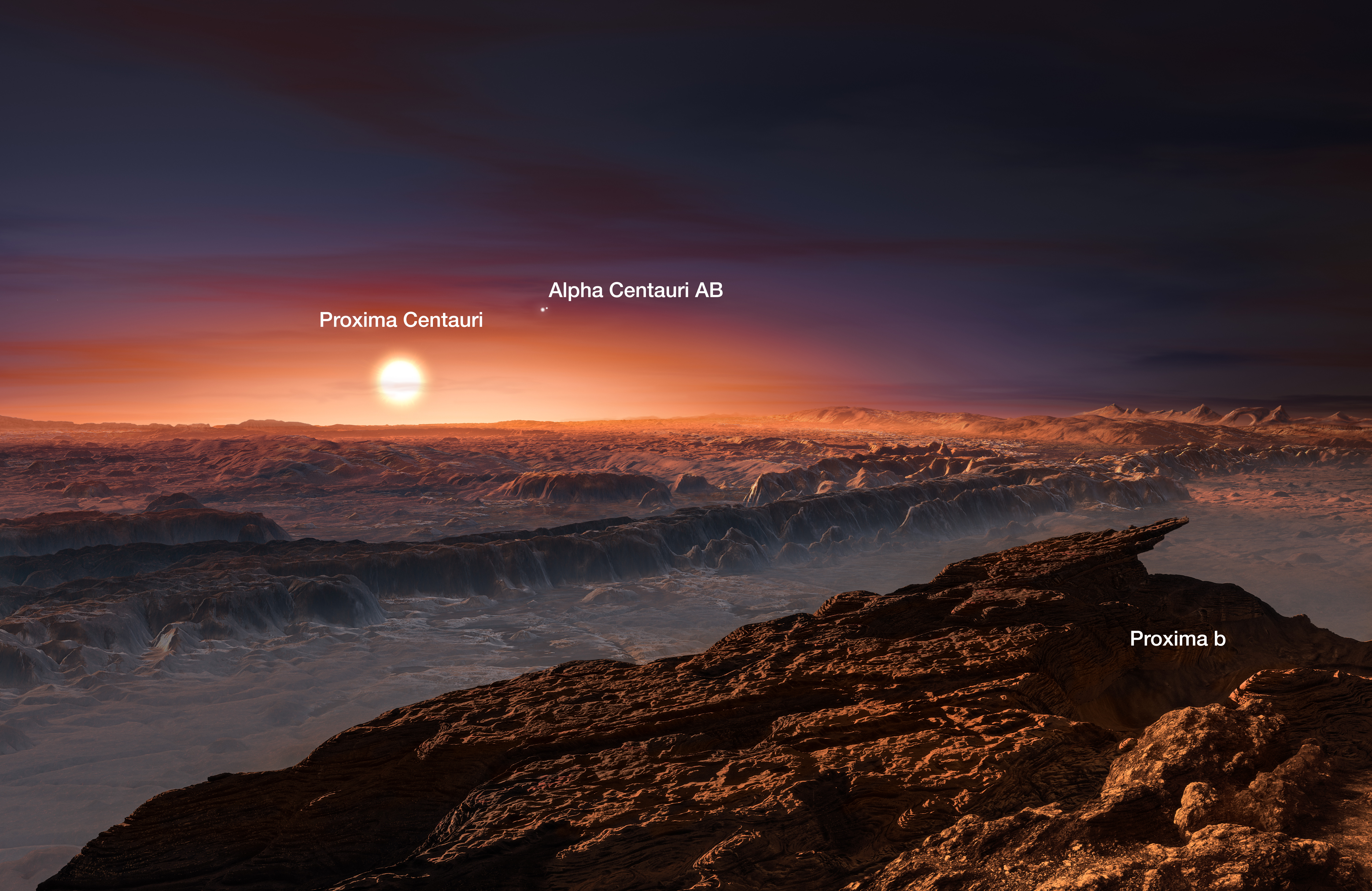
Astronomers believe Proxima b could be an Earth-like exoplanet. Its minimum mass is 1.3 times the mass of Earth. This tells astronomers that it's likely to be a rocky, terrestrial planet like Earth. It's even in Proxima Centauri's habitable zone, where temperatures are perfect for liquid water to exist. And it's the closest Earth-like exoplanet anyone has ever found, at just over 4 light-years away. But don't count on being able to go there anytime soon — or ever. Even with the latest technology, it would still take thousands of years to reach our closest neighboring star. Visiting Proxima b is out of the question for now. In the meantime, astronomers will study the planet from afar. They'll investigate what its atmosphere is made of and look for evidence of water — and possible alien lifeforms. [Infographic: How Interstellar Space Travel Works]
Wobble Detected
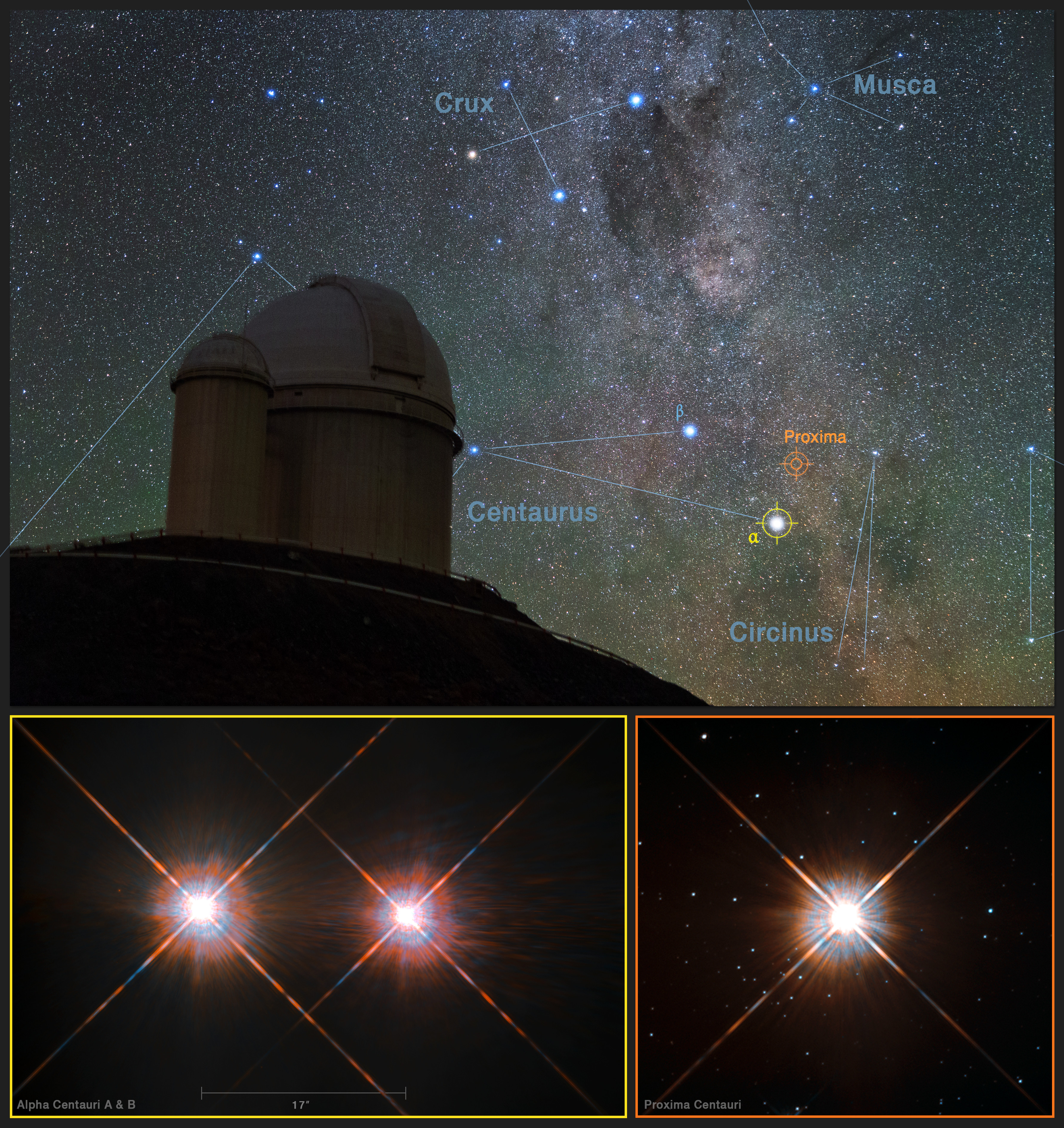
While the star Proxima Centauri can be difficult to spot without special equipment, the exoplanet Proxima b is impossible to see, even with high-tech skywatching equipment. To detect the exoplanet, astronomers observed its host star instead. When a planet orbits a star, the pull of its gravity makes the star wobble ever so slightly. These gravitational tugs create a Doppler effect, or change in the observed wavelength, in the starlight. In studying Proxima Centauri's so-called "Doppler wobble," astronomers using the European Southern Observatory telescopes in Chile discovered that the star had a planet slightly larger than Earth orbiting at a distance of 7 million kilometers (4.3 million miles) away. [7 Ways to Discover Alien Planets]
Email Hanneke Weitering at hweitering@space.com or follow her @hannekescience. Follow us @Spacedotcom, Facebookand Google+. Original article on Space.com.
Join our Space Forums to keep talking space on the latest missions, night sky and more! And if you have a news tip, correction or comment, let us know at: community@space.com.
Breaking space news, the latest updates on rocket launches, skywatching events and more!

Hanneke Weitering is a multimedia journalist in the Pacific Northwest reporting on the future of aviation at FutureFlight.aero and Aviation International News and was previously the Editor for Spaceflight and Astronomy news here at Space.com. As an editor with over 10 years of experience in science journalism she has previously written for Scholastic Classroom Magazines, MedPage Today and The Joint Institute for Computational Sciences at Oak Ridge National Laboratory. After studying physics at the University of Tennessee in her hometown of Knoxville, she earned her graduate degree in Science, Health and Environmental Reporting (SHERP) from New York University. Hanneke joined the Space.com team in 2016 as a staff writer and producer, covering topics including spaceflight and astronomy. She currently lives in Seattle, home of the Space Needle, with her cat and two snakes. In her spare time, Hanneke enjoys exploring the Rocky Mountains, basking in nature and looking for dark skies to gaze at the cosmos.
